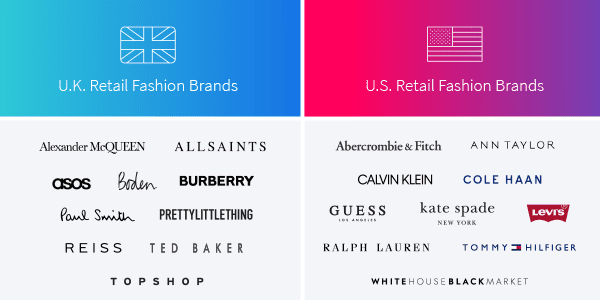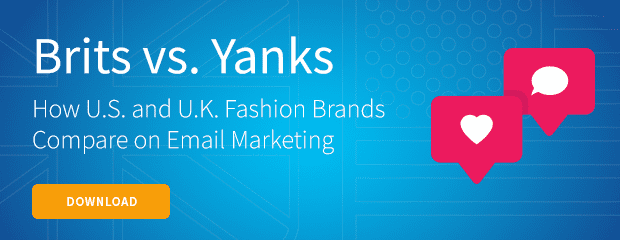Email marketing in the United States and the United Kingdom has much in common, but there’s plenty of difference between the two countries.
Sure, some surface differences exist regarding our use of the English language: color/colour, cart/basket, Main Street/High Street, holiday/Christmas.
Plus, U.S. marketers haven’t caught on to the “payday” or “bank holiday” promotions that are a staple of U.K. marketing, although Boxing Day (Dec. 26) is beginning to make its presence felt.
And, of course, there’s one big difference: Opt-out email is just fine for U.S. marketers but prohibited in the U.K. for consumers.
Some research studies have tried to pinpoint differences between U.K. and U.S. marketers, but they often conflict in their findings or concentrate only on email activity, such as opens, clicks, unsubscribes and spam complaints.
As revealing as these basic statistical comparisons can be, they don’t tell us much about the differences between the two countries in email content, strategy and practices.
To that end, Iterable has partnered with London-based Holistic Email Marketing to debut an exclusive report, Brits vs. Yanks: How U.S. and U.K. Fashion Brands Compare on Email Marketing.
In this report, we compare 20 retail fashion brands (10 U.S. brands and 10 U.K. brands) and found distinct differences in four areas:
- Email content
- Strategy
- Performance
- Inbox placement
How do powerhouses like Topshop, Burberry, Tommy Hilfiger and Ralph Lauren personalize email messages and keep customers coming back for more?
You’ll have to read the full report to find out!
What You’ll Learn from This Study
This study expands on an Iterable User Engagement Teardown that studied how four U.K. fashion retailers addressed customer preferences and kept users engaged with their online stores.
No matter which side of the Atlantic you market from, you should study the results to learn how your email programs compare with your in-country inbox competitors and with your marketing peers across the pond.
By downloading this report, you’ll learn:
- How fashion brands are using data, automation and AI to create highly relevant messages
- Detailed metrics on engagement, deliverability and personalization for industry leaders in retail
- 8 stand-out email examples to inspire your lifecycle marketing program
However, if you’re looking for a clear winner in the email game, you won’t find one. U.K. email marketers excel in some areas, especially engagement and personalization of day-to-day email. Their U.S. peers have the edge in acquisition and lifecycle email personalization.
But our research shows that all brands have much work to do before their email programs can reach their full potential.
Background Information and Methodology
We studied both the promotional emails and lifecycle-based emails sent by 20 top retail fashion brands in the U.K. and the U.S. over the same 30-day period.


Using panel data from eDataSource’s Competitor Tracker, we provided both quantitative and qualitative measurements to analyze each brand and compare it on these factors:
- Message read rates
- Deliverability rates
- Content personalization
- Multi-lingual use
- Subscriber acquisition practices
- Subject line content
- Email marketing team structure
- Lifecycle email marketing strategy
We conclude this extensive research with our major findings and a 3-step plan so you can improve your email program—with numerous notable examples along the way!
Ready to Work the Email Marketing Runway?
We hope your reaction in reading our report and reviewing these fashion emails is enthusiastic rather than overwhelming. None of the fashion brands in our study started out on Day 1 with a fully developed personalization program that hits all the key points of the customer lifecycle.
Instead, they achieved this over time, trying something new, testing and tweaking it and adding a new trigger or program that builds on their previous successes.
You don’t have to overhaul your entire email marketing strategy at once. Instead, take it one small step at a time. What could you do today to update or expand on even one email that would help you serve your customers better and produce better results for your company?
And if your email platform doesn’t have the capability to get you where you want to go, it’s time to call on Iterable.

































